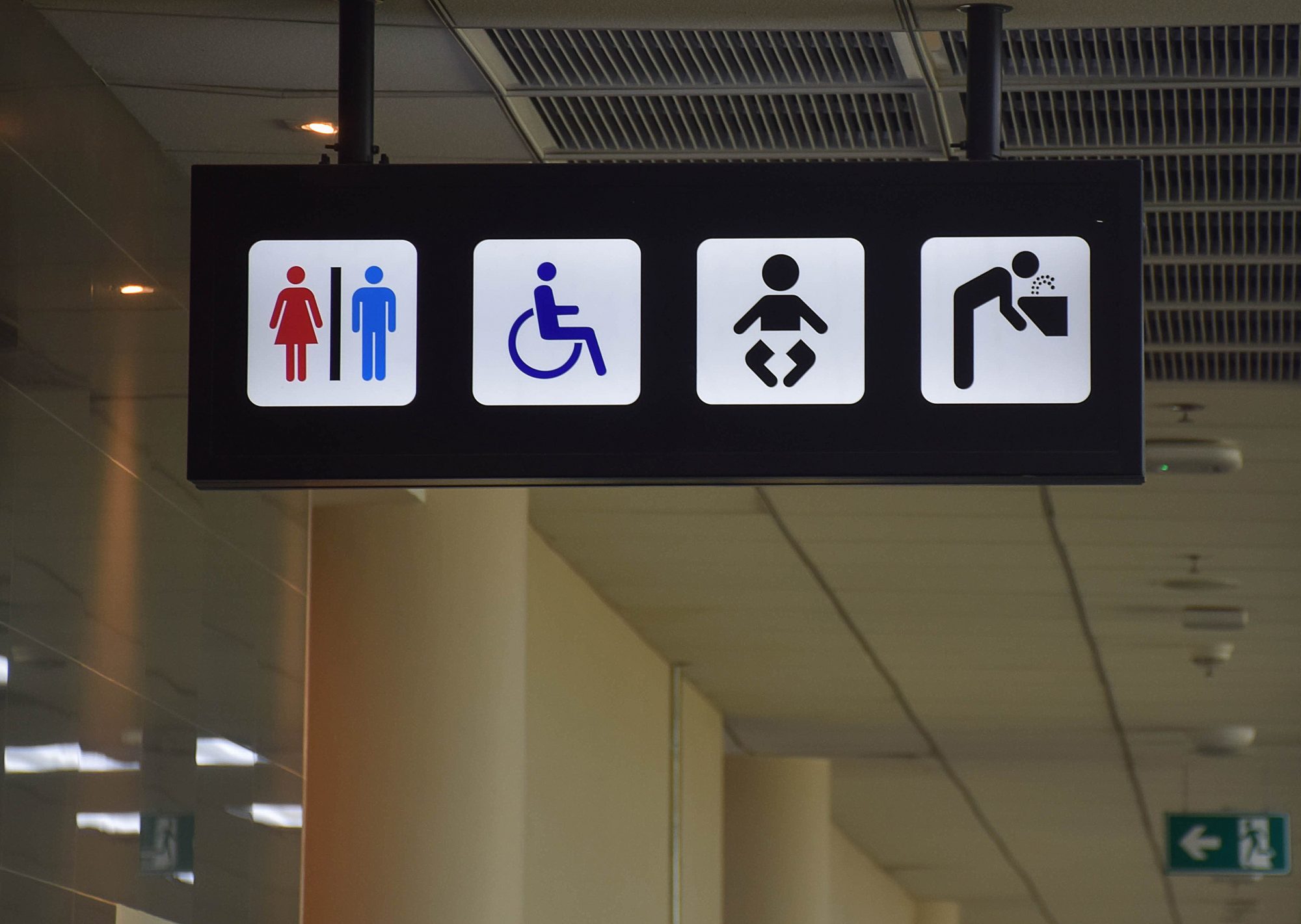New large public buildings in the UK are expected to add Changing Places toilets for severely disabled people, thanks to new government proposals
The proposals, currently being consulted on, are expected to add the Changing Places toilets to more than 150 new buildings a year, including shopping centres, supermarkets, cinemas, stadiums and arts venues.
Changing Places toilets are larger accessible toilets for severely disabled people, with equipment such as hoists, curtains, adult-sized changing benches and enough space for carers.
There are over 1,300 Changing Places toilets in the UK, up from just 140 in 2007, but more are needed to support the more than a quarter of a million people who need them in the UK.
Local Government Minister, Rishi Sunak MP, said: “Everyone should have the freedom to enjoy days out in dignity and comfort. For severely disabled people, this is made very difficult because there are not enough Changing Places toilets.
“We’ve made some progress, but I’m determined to increase the number of these life-enhancing facilities, so people are given the dignity they deserve.
“I’m pleased so many people will be helped by this major change.”
Catherine Woodhead, chief executive of Muscular Dystrophy UK, which co-chairs the Changing Places Consortium, added: “People living with disabilities go to work, visit shops and enjoy days out with friends just like everyone else. But a lack of Changing Places toilets make these seemingly simple tasks a challenge. Too often, we hear stories of people not leaving their homes, having to be changed on dirty toilet floors or even having surgery because there are not enough facilities.
“The government’s consultation on making Changing Places toilets mandatory in new, large public buildings is hugely encouraging. Along with our fantastic campaigners, we have long pushed for changes to legislation, and now we are one step closer to that being reality.”
In the absence of Changing Places facilities, disabled people and/or carers face:
- Limiting what they drink to avoid needing the toilet when they are out – risking dehydration and urinary tract infections;
- Sitting in soiled clothing or dirty nappies until a suitable toilet is found or they return home;
- Having to change a loved one on a dirty toilet floor;
- Manually lifting someone out of their wheelchair – risking safety;
- Reducing their time out of the house – restricting their social lives.
The government has launched a 10-week consultation, which proposes the required size and shape of Changing Places toilets as well as the range of equipment that must be included.
It also proposes thresholds at which the facilities will be made mandatory in new or largely refurbished buildings of different types, such as overall floor space or attendance capacity.














